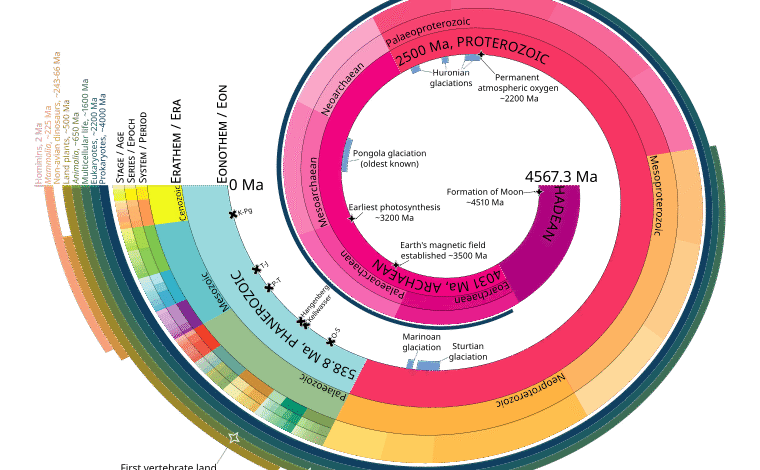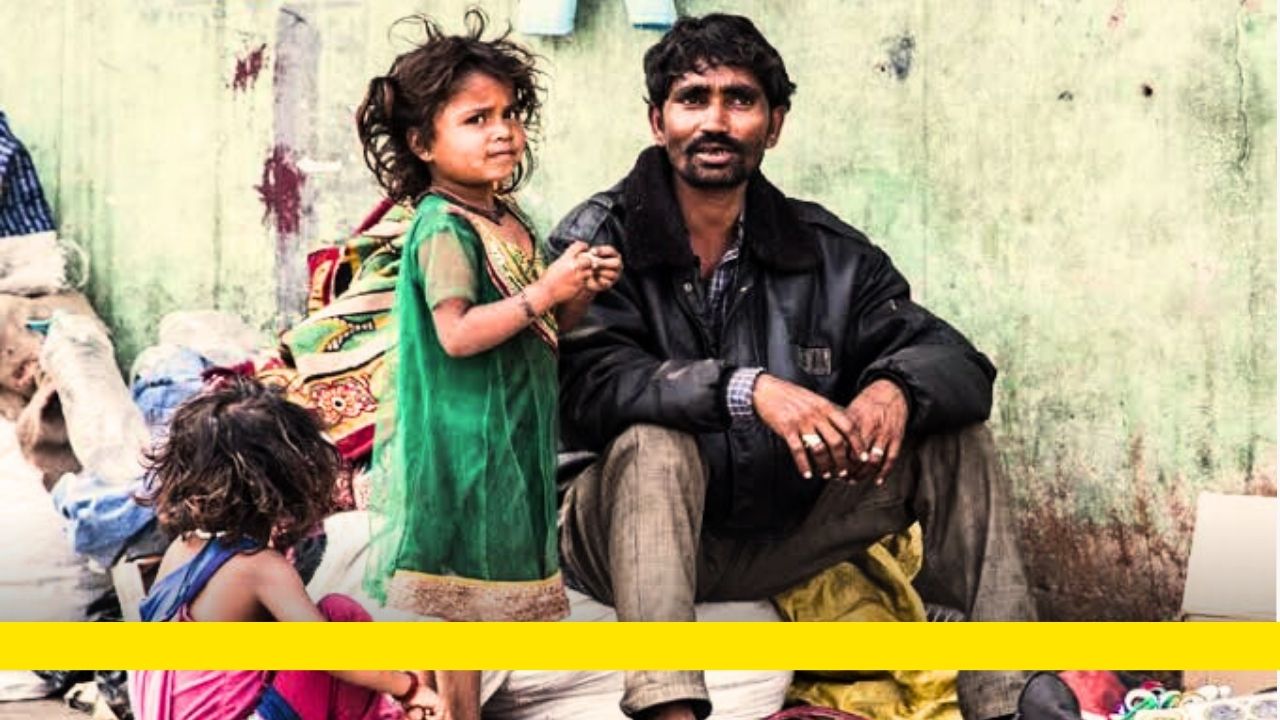Doubling Farmers’ Income: A Missed Target and The Road Ahead

Prime Minister Narendra Modi first proclaimed his government’s ambitious plans to double the income of the country’s farmers’ at a rally in Uttar Pradesh on 28 February 2016.The next day the Finance Minister Arun Jaitley stated in his budget speech as follows: “We are grateful to our farmers for being the backbone of the country’s food security. We need to think beyond food security and give back to our farmers a sense of income security. The government will, therefore, reorient its interventions in the farm and non-farm sectors to double the income of the farmers by 2022 Soon, committees were formed and other measures were initiated to take the project forward. The abbreviation DFI (Doubling Farmers Income) became a sort of buzz word at various levels of the union government.
The projection was that DFI would be achieved by the year 2022–23, using 2015–16 as the base year. Nearly a decade later, a new policy report by the Agriculture Policy Group of the India International Centre (IIC) has revealed that while farm incomes have grown, the nation has missed its mark—and missed it by a wide margin. The study was conducted by a four member team of experts headed by Siraj Hussain, a former senior government official with long experience in agriculture and related fields.

Drawing from the National Sample Survey’s Situation Assessment Surveys conducted in 2002–03, 2012–13, and 2018–19, the study estimates that the average annual income of agricultural households in 2022–23 reached ₹1,30,123 at constant 2015–16 prices. This is a significant improvement from the base year but falls short of the official target of ₹1,72,694. Only Bihar, Uttarakhand, and the Union Territories crossed the benchmark. Andhra Pradesh, Rajasthan, Maharashtra, and some northeastern states showed moderate progress. Large agricultural states such as Punjab, Madhya Pradesh, and Odisha remained behind the curve.
Uttar Pradesh, India’s most populous agricultural state, exemplifies the limitations of income growth strategies. In 2018–19, farm households there earned an average of ₹8,061 per month—below the national average of ₹9,284. Income growth stood at 2.9% per year between 2012–13 and 2018–19, well below the pace needed to reach the goal.
More telling is the shift in income composition: just 41.4% came from cultivation, while wages and salaries contributed 36.5% and livestock 17.2%. This increasing reliance on non-agricultural sources reflects the precariousness of crop-based livelihoods. With low mechanisation, poor irrigation coverage, and limited diversification, the state ranks among those farthest from achieving income parity.
Commenting on the report Professor Sudhir Panwar, Agriculture Policy Analyst and Samajwadi Party (SP) leader, told The AIDEM that the study underlines the reality of marginal and small farmers, revealing how their income from farming is dwindling. Significantly, Panwar pointed out, whatever marginal rise in income of the farmers is from non farm jobs and sectors. “ The study clearly exposes the hollowness of the DFI promise. There are pronouncements about additional columns for profit margin in MSP announcements, but if one factors in inflation in input for production, it is evident that farmers’ income is more or less stagnant. “
Panwar added that Uttar Pradesh was highlighted as one of the important targets of the DFI project by Prime Minister Modi as well as his associates, including State Chief Minister Adityanath, but the situation that has developed now shows that for the first time farmers of a major cash crop such as sugarcane are getting lesser returns or State Advised Price than other agriculture oriented States like Haryana and Punjab. “ This coupled with the contraction of government jobs and the poor performance of the private sector, the plight of the rural youth has indeed become stark and pitiable.” Pawar said.

The study report highlights how the structure of rural income has changed significantly over the last few years. In 2002–03, cultivation accounted for around 60% of household earnings. By 2018–19, its share had dropped to 37.7%, overtaken by wage and salary income at 40.3%, with livestock rising to 15.7%. Meanwhile, income from non-farm business too declined, suggesting that rural entrepreneurship has struggled to gain ground. The increasing weight of wages and livestock points to a trend of livelihood diversification—often driven less by opportunity than by distress.
The report highlights several persistent inequalities. Marginal farmers, with less than one hectare of land, earned around ₹7,347 per month in 2018–19. In contrast, large landholders with more than four hectares earned ₹30,609 in the same period. This gap has remained stable over time despite various government schemes. The report also shows income disparities across social groups. Scheduled Caste and Scheduled Tribe farmers reported lower average monthly incomes than Other Backward Classes and general category farmers. In 2018–19, SC farmers earned ₹10,340 per month, compared to ₹13,225 among general category farmers. The gap has changed little over the years.
Regional differences are equally pronounced. Punjab and Haryana continued to record high absolute income figures, but growth slowed significantly. In contrast, states like Bihar and Chhattisgarh showed faster growth, but from a much lower base. The income ratio between the highest and lowest earning states narrowed somewhat, but still reflects deep structural differences in agricultural productivity and investment levels.
Over the years, the government introduced a range of interventions: e-NAM for unified markets, expanded irrigation under PM Krishi Sinchayee Yojana, soil health card distribution, higher minimum support prices, and direct cash transfers through PM-KISAN. Some states added their own financial assistance schemes. These initiatives helped stabilise household income to an extent but fell short of offsetting rising input costs and growing environmental risks.
In 2020, the government introduced three major farm laws intended to liberalise agricultural markets, facilitate contract farming, and lift restrictions on food stockholding. These reforms faced strong resistance, especially in northern states. Protesting farmers expressed concern that the changes would reduce their bargaining power and weaken the mandi system. After months of demonstrations, the government withdrew the laws. This episode reflected a serious gap between policy design and ground-level sentiment.

Environmental stress adds another layer of complexity. Climate volatility, groundwater depletion, and declining soil quality are increasingly common across many regions. Punjab and Haryana—once symbols of Green Revolution success—now struggle with unsustainable resource use and stagnating productivity. While crop diversification is often proposed as a solution, the lack of viable alternatives on scale continues to limit its adoption.
A one-size-fits-all approach will not address the challenges ahead. Smallholders, tenant farmers, and women continue to face systemic disadvantages, particularly in access to credit, extension services, and market linkages. The authors call for region-specific investment in infrastructure, climate-resilient farming, and institutional reform. Regular, granular income data is also necessary to guide timely policy responses.
Importantly, the original target did shift the national discourse—from food output to economic well-being. But a decade on, many farm households remain on the edge. Structural bottlenecks, market unpredictability, and ecological uncertainty continue to undermine livelihoods. The shift toward wage and livestock income reflects adaptation—but also signals that farming alone is no longer a viable pathway to prosperity for many.
What’s needed now is not another sweeping announcement, but sustained and locally responsive action. Access to credit, irrigation, reliable markets, and technology must become more inclusive. Without such reforms, income growth will remain patchy and unsustainable.
More than a verdict, the IIC report provides direction. It urges a recalibration of strategy, one rooted in equity, resilience, and regional specificity. Progress has certainly occurred, but for millions, it remains incomplete. Bridging this gap will define the future of India’s agricultural economy.












Can’t believe that such an important assessment has been overlooked by mainstream media . Kudos to Aidem and the writer . Would it be possible to get the writer’s details ? As a farmer I have some personal experiences and opinions to share , which could be pursued by the author . Please inform , if possible . My email id is below